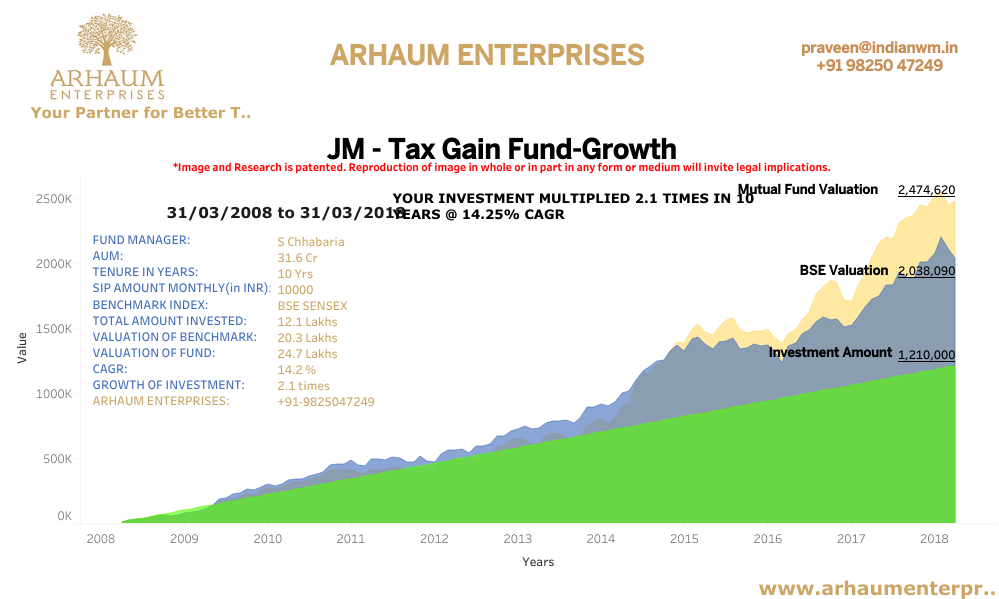There is none better way to look at simple ratios to evaluate your financial situation. Companies and analysts are much more comfortable using ratios rather than actual figures for better understanding and decision making.Nothing binds us as normal investors to speak of our own financial situation in terms of ratios. We are sure that the practice would not only make it simpler to evaluate and understand situations but also interesting enough for you to engage in the exercise.
In this article, we present you with few personal finance ratios that can use used to evaluate your financial health. Assessing these the personal finance ratios and fixing your own targets or benchmarks will also go a long way in bringing prudence and control in your own financial situation. It can thus open a new world of possibilities for you…
The following few ratios have been devised based primarily upon common sense. These are not standard, academically defined ratios and you may change the composition of the ratios according to your own needs. Further, you may even devise new ratios that may better suit your unique needs. The objective is to incorporate the use of ratios in our personal financial lives to make more interesting!
Savings Ratio = Actual Savings / Post-tax Income
Savings Ratio indicates how much you are saving out of your post-tax income for any period. The higher this ratio, the better it is. However, merely savings is not enough. The savings should be in a right asset class. Money kept ideal in bank accounts or other non-productive avenues do not qualify as savings. One may however cover asset building EMIs, like for home loans, insurance premiums, mandatory savings from salary, etc in savings. The idea is understand how much you are saving in building assets and securing your future. A good savings ratio is anything over 25%, The more it is, the better.
Expense Ratio = Actual Expenses / Post-tax Income
The Expense Ratio indicates how much you are spending out of your post-tax income for any period. The lower this ratio, the better it is. Typically Expense ratio should not be beyond 75% of your income. Expenses can be further broken into fixed expenses & variable expenses where fixed expenses would cover expenses like car / personal loan EMIs, rent, tuition fees of children, salary to servants, utility payments, etc. Variable expenses would include expenses on grocery, shopping & entertainment, etc. One can then also look at the proportion of fixed and/or variable expenses to post-tax income to better understand your spending pattern. Typically for any households having higher Variable expense ratio would mean that more unnecessary expenses are likely being made which needs to be controlled.
The relationship between Savings & Expense Ratio is also interesting since Savings + Expenses = Post Tax Income. One should ideally treat Expenses as net of Income & Savings rather than treat Savings is the residual after meeting all Expenses. By this approach we can limit & control our Expenses while making required Savings.
Debt Repayment Ratio = Debt payments / Post-tax Income
As the name suggests, the Debt Repayment Ratio can be used to understand the portion of your post-tax income that you are spending on payments of loans. Such loans would typically consist of home, car, personal or private loans. This ratio should be ideally below 40%, the lesser it is, the better. If it crosses over 50%, one can consider oneself in sort of some debt crisis and should act to minimise the debt portion.
Debt to Assets Ratio = Total Liabilities / Total Assets
You must be familiar to the Networth concept which is the balance after deducting all liabilities from the assets of an individual or a company. The Debt to Assets Ratio is on similar lines and speaks about the relative proportion of debt to the assets of an individual. The lower this ratio, the better it is. Typically, 100% or above of debt, as proportion of your assets, is unhealthy. However, due to liabilities of home loan and car, it is not unusual to find even higher proportions of Debt to Assets Ratio. While considering assets, one can either consider only disposal assets or total assets or derive ratio for both. Disposal assets can be considered better since liabilities can be paid off from such assets only and not those assets which are currently used for personal consumption, like for instance your residential home. A lower Debt to Assets (disposal) ratio would mean that you have greater flexibility to manoeuvre your financial situation.
Liquidity Ratio = Liquid Assets / Net Worth
The Liquidity Ratio indicate what percentage of one’s net worth is invested into liquid assets. In liquid assets, one may consider cash, bank balances and investments in cash & equivalent investments of very short maturity period. Networth, as said earlier, would be the balance of your assets after deducting all your liabilities. This ratio should not be either too high or too low and depending on your situation, a comfortable range can be between 5% to 15%. A higher ratio would indicate that you are not making productive use of your capital and that money which can is invested for better returns are lying ideal. A lower ratio would indicate that you run a risk of going short of cash to meet normal expenditures or to meet any emergency needs.
One can also view this as Emergency Ratio and can keep a few months of expenses in liquid assets in absolute money terms. This is more recommended it cases of individuals having high networth.
Conclusion:
The above ratios with ideal figures are for broad guidance. Typically, depending upon your life stage, there can be acceptable deviation from the ideal figures given above. For eg., for an unmarried person or a working couplel, the Savings ratio can be higher as compared to a family with one working spouse and children. We also need to consider special cases like in case of retired persons, where there is no post-tax income. Thus in such cases, low Savings ratio and high Liquidity ratio is acceptable while Debt to Assets Ratio and Debt Repayment Ratio will be a must.
Although the above personal finance ratios cannot be used for complete financial planning but they can definitely serve as a valuable reference points for better insights to your personal financial world. We encourage all readers to undertake such exercise at regular intervals of time and set benchmarks to be met with the help of your financial advisors, if felt necessary.




